How 5 Retailers Increased Online Sales Through Optimization
Ever-changing consumer preferences and online shopping behaviors present a challenge that many leading retail businesses are tackling with optimization strategies.

Robin Johnson
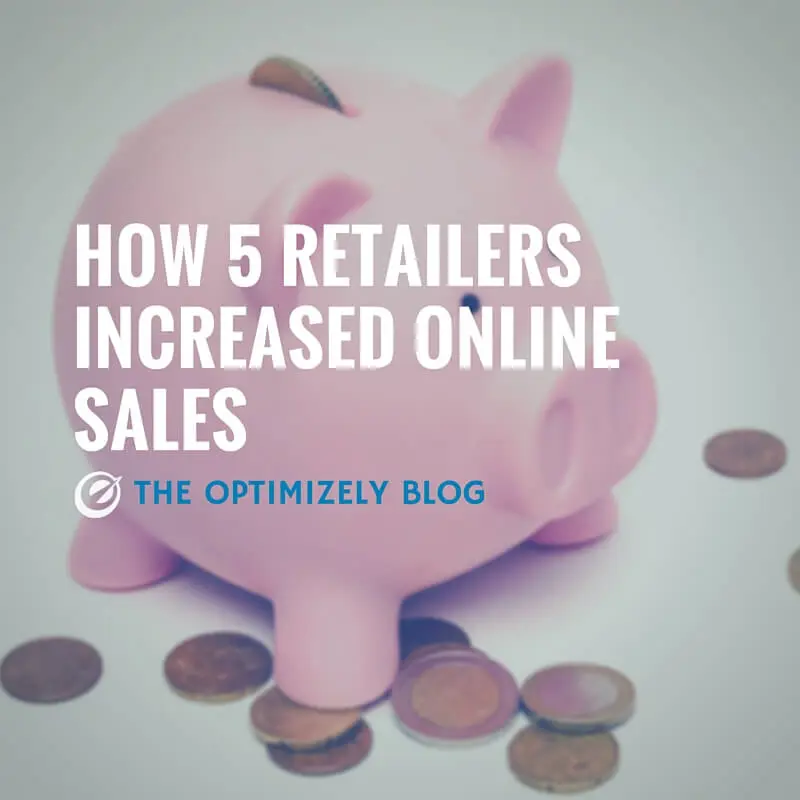
In light of today’s kick-off at eTail West, we’re sharing 5 retail case studies from Sony, Revolve, Trunk Club, Blu Dot, and Smartwool that reveal how retailers are using Optimizely to increase revenue and conversion rate.
Sony: Decreasing checkout funnel bounce rates
![]() Using optimization, Sony has made major improvements to its online customer experience that have increased purchases and average order value.
Using optimization, Sony has made major improvements to its online customer experience that have increased purchases and average order value.
One example is an experiment Sony ran to improve performance of their online checkout funnel. From website analytics, the team learned that bounce rates were higher than average in the last few steps of the funnel—on the pages that asked shoppers to make additional customizations to the products in their shopping cart. The team hypothesized that shoppers assumed they were just about to finish their purchase and were frustrated by the extra steps. Plus, the longer funnel gave shoppers more time to develop second thoughts about their purchases.
To solve for this problem, Sony tested a streamlined version of the checkout. This new funnel had shorter product descriptions, fewer required fields, and more pre-selected choices. Sony hoped that the streamlined option would improve the experience and drive more purchases overall.
Results:
The more streamlined checkout flow increased online orders by 20.6%, resulting in a significant increase in online revenue for Sony.
Revolve: Increasing mobile app shoppers
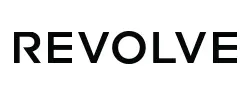 REVOLVE is an online-only retailer specializing in men’s and women’s designer apparel, shoes, and accessories. One of Revolve’s key business goals for 2016 is to increase usage of its mobile app. Since the beginning of Q1, app downloads are up 80%. Through the app, Revolve can provide relevant, personalized experiences—such as notifications and special offers—that make shoppers convert.
REVOLVE is an online-only retailer specializing in men’s and women’s designer apparel, shoes, and accessories. One of Revolve’s key business goals for 2016 is to increase usage of its mobile app. Since the beginning of Q1, app downloads are up 80%. Through the app, Revolve can provide relevant, personalized experiences—such as notifications and special offers—that make shoppers convert.
“Mobile isn’t going away anytime soon, so being able to fine-tune and personalize the mobile experience is an ongoing challenge.”
– Grace Hong, VP of Product & Design, REVOLVE
Since increasing app users is a key initiative, the Revolve team designed and tested a new mobile experience to increase downloads. Using Optimizely’s mobile testing platform, they directed half of their mobile web visitors to a new splash page with a aggressive promotion to download the mobile app. The other half saw the original splash page with a softer promotion. They measured bounce rates and app downloads as key success metrics.
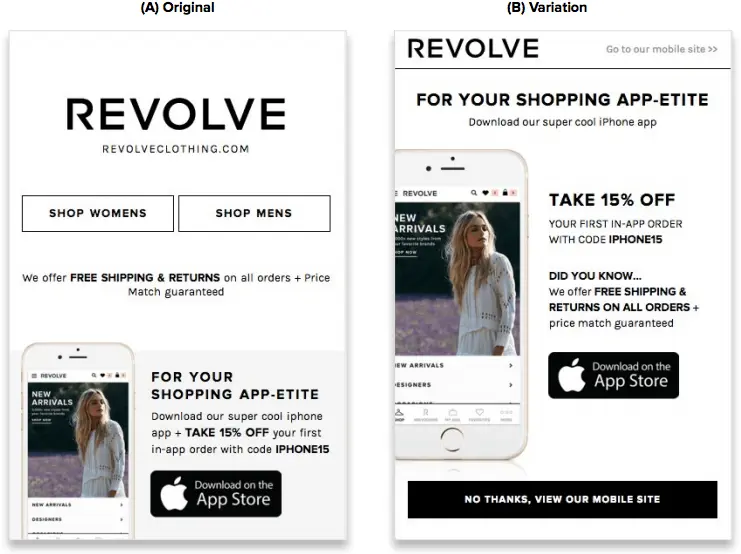
Using Optimizely’s mobile testing platform, Revolve directed half of their mobile web visitors to page A and the other half to page B.
Results:
Directing shoppers to the aggressive splash page increased app downloads by an impressive 350%. With more users shopping from the mobile app, Revolve can better provide relevant, personalized experiences to drive more purchases.
Trunk Club: Converting more browsers to buyers
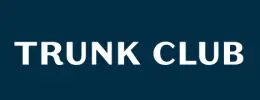 At Trunk Club, a men’s subscription clothing service, optimization is built into the company’s DNA. They’ve been testing everything from their digital experiences to their product packaging since they launched in 2009.
At Trunk Club, a men’s subscription clothing service, optimization is built into the company’s DNA. They’ve been testing everything from their digital experiences to their product packaging since they launched in 2009.
Last year, Trunk Club increased its customer-base by 133%, an achievement that drove significant revenue growth for the business. To achieve this, the team A/B tested new designs to the new member sign-up flow. The original sign-up flow consisted of four basic inputs and a list of personal style questions.
“The experience felt similar to filling out an application for car insurance, very few visuals and never-ending form fields—it was not exciting,” Mike Wolf, a former Trunk Club Product Designer said about the sign-up flow.
The Trunk Club team tested a longer and more visual sign-up flow. While adding steps is counterintuitive, the team hypothesized that an in-depth sign-up experience better reflected what new members expect from the Trunk Club brand: highly personalized, custom services.
Results:
The longer, more visual flow increased subscriptions by 133%, generating a significant amount of new annual revenue for Trunk Club. Read more about Trunk Club’s website optimization strategy and their mobile app optimization strategy.
Smartwool: Mitigating risks during a website redesign
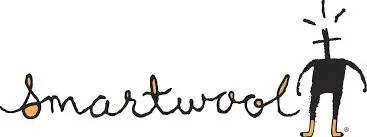 Smartwool is a global retailer that sells outerwear and merino wool socks in stores and online.
Smartwool is a global retailer that sells outerwear and merino wool socks in stores and online.
During a website redesign, Smartwool’s optimization strategy helped validate changes and make incremental improvements along the way. One specific area where optimization played a major role was on the product category pages.
During one phase of the redesign process, the team came up with a more visual product category page (pictured below left). Though aesthetically pleasing and highly visual, the layout decreased engagement. They decided to test a more traditional look-and-feel and measure whether it led to more conversions (pictured below right).
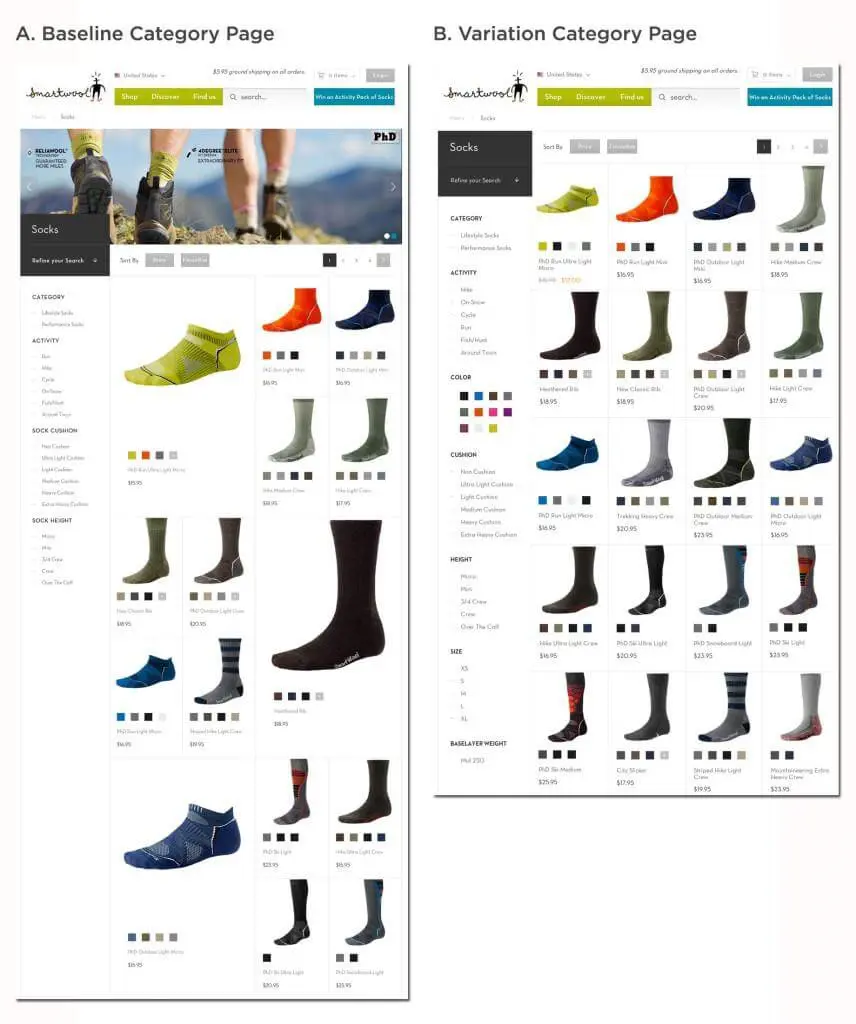
Smartwool test a more visual product category page (A) against a more traditional page (B).
Results:
The more traditional category pages resulted in a 17% increase in average revenue per visitor. Had the team not committed to a strategy of constant optimization throughout the website redesign process, this design change would have caused a huge loss in revenue.
Overall, testing throughout the redesign set Smartwool up for success. By using data and testing instead of relying on intuition, the team more efficiently allocated their time and resources since they were able to focus solely on building changes that had a proven impact.
Blu Dot: Removing inefficiencies in digital marketing spend
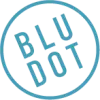 Blu Dot is an innovative furniture retailer that does business online and in brick-and-mortar stores across the United States. Like most retailers with a digital presence, Blu Dot spends a great deal of its marketing budget on digital advertisements. Though this strategy works well in generating more traffic, Blu Dot found that spending more on ads wasn’t necessarily translating to more purchases further down the funnel.
Blu Dot is an innovative furniture retailer that does business online and in brick-and-mortar stores across the United States. Like most retailers with a digital presence, Blu Dot spends a great deal of its marketing budget on digital advertisements. Though this strategy works well in generating more traffic, Blu Dot found that spending more on ads wasn’t necessarily translating to more purchases further down the funnel.
To maximize their digital ad spend and increase conversions, Blu Dot invests heavily in on-site optimization
Blu Dot recently ran on its PPC landing pages—category pages, where analytics showed a higher than average bounce rate.
From the data, the team gleaned that visitors from ads were confused at Blu Dot’s product offering. The team tried providing more product detail information directly on the category page, rather than forcing visitors to click through to learn more.and measured impact on clicks to the checkout funnel.
Out of the many versions they tested, the winning, optimized version is pictured below. The change was minor – just a small line of text reading “available in X colors” – but it has proven hugely impactful to Blu Dot’s online revenue.
Results:
Adding product detail information to PPC landing pages increased online orders by 62.4%. Blu Dot’s strategic focus on optimization to improve the online shopping experience for visitors has resulted in huge cost savings for the company overall. PPC spend has become increasingly efficient, as more visitors are converting further down the funnel. By improving the experience across each step of the purchase funnel, Blu Dot is driving more purchases, without investing more into paid channels.
